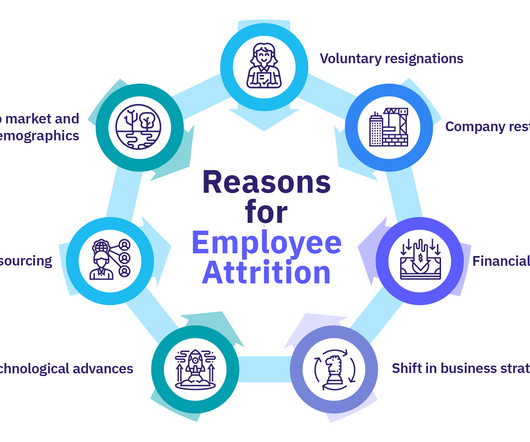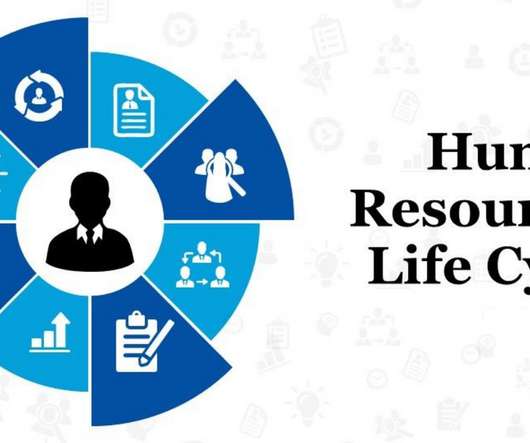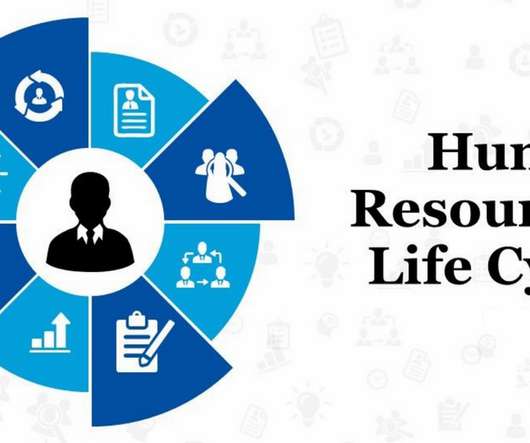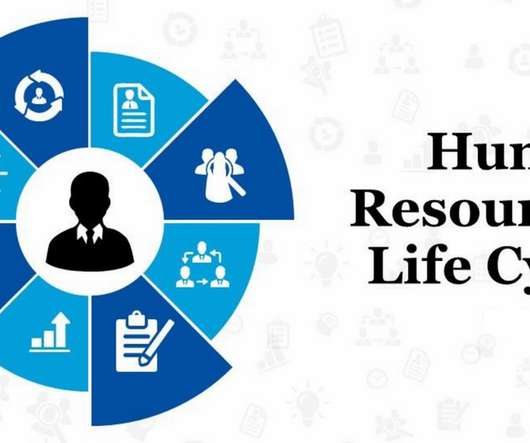Is Workforce Redeployment an Alternative to Layoffs?
Intoo USA
APRIL 27, 2023
Workforce redeployment is a strategy to optimize staffing by moving employees into different roles within the company based on the organization’s needs. And when cost-cutting is needed, it is easier to find ways to employ internal talent in new ways that will help the business move forward instead of eliminating them.




























Let's personalize your content